Action Oriented: Part 9
Driveway Gardening
By David Shane
“Participate in food production to the extent that you can. If you have a yard or even just a porch box or a pot in a sunny window, grow something to eat in it. Make a little compost of your kitchen scraps and use it for fertilizer. Only by growing some food for yourself can you become acquainted with the beautiful energy cycle that revolves from soil to seed to flower to fruit to food to offal to decay, and around again. You will be fully responsible for any food that you grow yourself, and you will know all about it. You will appreciate it fully, having known it all its life.” ~Wendell Berry, “The Pleasures of Eating”
Hello all! Everyone enjoys light-hearted posts from time to time, especially over the summer. I’ve been thinking for a while about writing a little update on how our “driveway garden” is doing, and between reading some Wendell Berry and then catching this tweet:
Well by golly I’d better write that post. And besides, doesn’t everyone just kind of enjoy photos of plants doing well? That just makes you happy.
I do offer the following not as any sort of expert at all, but just as an amateur saying “this is our first time trying this, this is how things are going”. So if you see something and think “by golly sir, that isn’t how you’re supposed to do that, this is how you’re supposed to do that”, please leave a comment! I am sharing only our personal experience here.
Why a driveway garden?
Why a garden in the driveway in the first place, you say? Well, we live on a little 0.16 acre urban plot. The backyard, where most people would put a vegetable garden, is heavily shaded and sloped and feels like a little forest escape (which is its own delight), but that does make it generally not suitable to gardening.
The front yard… well it would be a little strange to grow food in the front yard, but our neighbors did rework their front yard into an attractive place to grow strawberries and a peach tree. But I wasn’t ready for that yet (talk to me again next year, maybe) so it remains a small patch of grass that I can mow in fifteen seconds.
THEREFORE… we planted a bunch of fruits and vegetables in raised planters and pots and grow bags in the driveway, yes we did. As some of you know, we don’t have an automobile anyway so it’s not like we use the space. Therefore behold the driveway garden.
What are you growing?
I am glad you asked! Here is what we have. (This is the “pretty photos of plants doing well” section of the post.)
One blueberry plant. I was warned that “all the birds in the neighborhood talk to each other and will know the exact morning the berries are ready”, and I even bought a small net to use as protection… but we never used the net and we still got the berries.
One sweet potato plant which was actually a gift from our neighbors. Our neighbors have, by the way, actually purchased additional little plots of land around the city to which they bicycle so they can have more room to grow stuff. Says something about their mindset, eh.
A medley of potatoes in grow bags. And interestingly they get shorter as you go from left to right in the photo below. I joked that is because south is to the left in the photo, and so of course the ones growing closer to the sun are taller… but it’s almost certainly really an illustration of differences in soil composition.
Some peppers.
Some itsy bitsy watermelon. Alas the squirrels have knocked off a couple now.
Onions in the raised planters that we probably planted too shallow.
A couple of strawberry plants.
Some cucumbers.
I almost forgot the tomatoes, which are up to my shoulders now.
And finally one lemon-free (probably for this year, anyway) lemon tree! This being Michigan it will come inside when it gets cold. A “product of India” so our (adopted from India) daughter can especially enjoy that.
Problems overcome
Now mainly I have to say that I have been impressed by just how well everything has grown. I have historically thought of myself as a “touch the plant and it dies” sort of gardener… and of course the Rebecca Shane has been plenty involved in the garden as well, but all the same I am impressed with how well it has done. So far, we have mainly harvested blueberries, strawberries, and tomatoes, and our daughter has eaten essentially all of them straight off the plants! Therefore at this point I’m not sure this garden will save us any money on food, heh, but she is enjoying them. The potatoes should last longer, you’d imagine.
It has all gone very well, but there were just a couple problems we had to overcome, the first obvious but I’ll mention it anyway.
How do you have a garden in the driveway?
Of course to have a garden in the driveway in the first place, we had to get some pots. As perhaps you noticed in the photos above, a medley of pots were used, including some plastic and ceramic pots we had sitting unused in the garage. But we also purchased a couple of “specialty” items.
One, I jumped on Etsy and ordered, from some independent craftsman in Iowa (trying to support the little guy here) a couple of raised planters that we ended up planting onions in.
And can I just say that my tall self would not object if ALL plants were grown two or three feet off the ground.
And then for the potatoes, on eBay actually we also ordered some of those “roll up” potato grow bags that you keep rolling up, and adding dirt, as the plants grow taller, these also with some side flaps for the eventual harvest. They have worked well too.
Squirrels be digging holes and eating my food.
And then, early on there was a squirrel problem. We live in a beautiful neighborhood with many old trees, but that does also mean that the squirrel population is significant. They were digging deep holes in the dirt before we had anything planted, and then they have continued to steal the occasional strawberry or (especially sad) immature watermelon. And actually we haven’t done anything to stop the watermelon stealing. Our neighbors “solved” the strawberry stealing problem by just planting a hundred strawberry plants, we do share the Earth with the animals after all, as one biologist told me. (Meanwhile they keep the squirrels away from their peaches by a motion-activated water sprayer.)
But the digging we tried to stop one way, and then successfully stopped another way. First, we bought some peppermint oil granules from the hardware store that are supposed to repel squirrels and many other critters and sprinkled those on the soil. But the real test was, squirrels were also slipping into the garage through a crack to get at some bird seed stored within. I could have just sealed the crack, but instead I dumped a bunch of the peppermint granules on the crack thinking, “this’ll be the test to see if it really stops the squirrels”. And far as that goes…
But another friend recommended we put up hardware cloth around the plants and, as perhaps you noticed, at least for the onions and strawberries we did. And that seems to have worked, even without a “top”. However perhaps this is just because squirrel “digging season” ended, I’m not sure. But the onions have remained unmolested.
Lessons learned
And then, I think, various benefits have come from gardening besides just “you have a little more food, now”.
A connection to the rhythms of nature
As was mentioned in a recent post, technology has allowed us to reject the authority of nature. Most of our jobs are not seasonal and can be done whatever the weather. When you have your own outdoor garden, you are made to respect the authority of the seasons and of the weather, and that is healthy I think. Even when we technologically overcome those rhythms, it still comes from a place of respect. Why are you watering the garden? Because it hasn’t rained recently so now I have to, for example.
Food requires work and comes from somewhere
Wendell Berry already said this better than me in the opening quotation to this post, but I’ll say it again. We 21st century Americans are very much of the mindset that Products are produced by Corporations, and then if you want a Product you go purchase it from a store somewhere. (And if the government doesn’t want you to have the Product, they very simply pass a law forbidding the Corporations from selling it.) The whole idea of someone just making something for themselves is starting to be something our brains don’t even consider as within the realm of possibility (although the tide might be turning on that now). And indeed, many of our regulations would seem a whole lot less sensible, and would be basically unenforceable, if we were a nation of small craftsmen instead of a nation of consumers.
That’s a bit of a philosophical aside, but for our daughter especially, but also for myself actually, I appreciate that even a small garden drives home the point that food requires work and comes from somewhere. You might only get a few strawberries from our strawberry plants, but by golly you pulled them straight off the plant. That teaches you something. Strawberries are not just a Product that comes in a plastic container from a store. That’s an lesson to remember.
Resources are finite
Producing the food yourself also makes it clear to you that there is only so much of it. We only have two strawberry plants (oops, should’ve taken more after our neighbors), there might only be one strawberry ready to eat today, so you can eat that strawberry! Food purchased from the store feels infinite in supply… it may cost money, but it is always there.
As an even more obvious example of this, we also set up a 26 gallon rain barrel.
Now some of you are going to say, “but why? You live in Michigan, dummy, the last place on the planet that will run out of freshwater.” But, among other things (like being an emergency water supply if the world really does fall to pieces), it teaches this lesson that resources are finite. For a small watering job we just use a watering can and the tap at the bottom, but for larger jobs we also have an electric immersion pump with a garden hose connection we drop in the barrel.
Now again, when you water the garden with a hose connected to the city water system (which we still do sometimes), the water supply feels infinite. But when you do it from the rain barrel, and you have that electric pump turned on, you can imagine the water level dropping in your head as you use it. You have 26 gallons of water to use and that’s it. Then you’re done. It’s a finite resource.
Finishing the cycle - it is good to reuse waste
I guess I have a bit of a “waste not, want not” theme going on here, but it shall continue. We don’t do any traditional composting, and you may absolutely shame me here for opting for a higher-speed, higher-energy, technological alternative… but we indeed opted for a higher-speed, higher-energy, technological alternative.
So this is a “Vitamix Foodcycler”, but it’s basically a high-speed composter. You dump your food scraps in (and, in our defense, before we owned this we would just throw them away, so we have improved you see), and over about six hours it heats them up, dehydrates them, and crunches them into tiny pieces, leaving you with something like the below (this is many loads later), which you can mix in with your garden soil immediately.
And it did feel rather fulfilling to see the cycle complete.
THE END.
“We can ally ourselves with those things that are worthy: light, air, water, earth; plants and animals; human families and communities; the traditions of decent life, good work, and responsible thought; the religious traditions; the essential stories and songs.” ~Wendell Berry, “God and Country”
From:





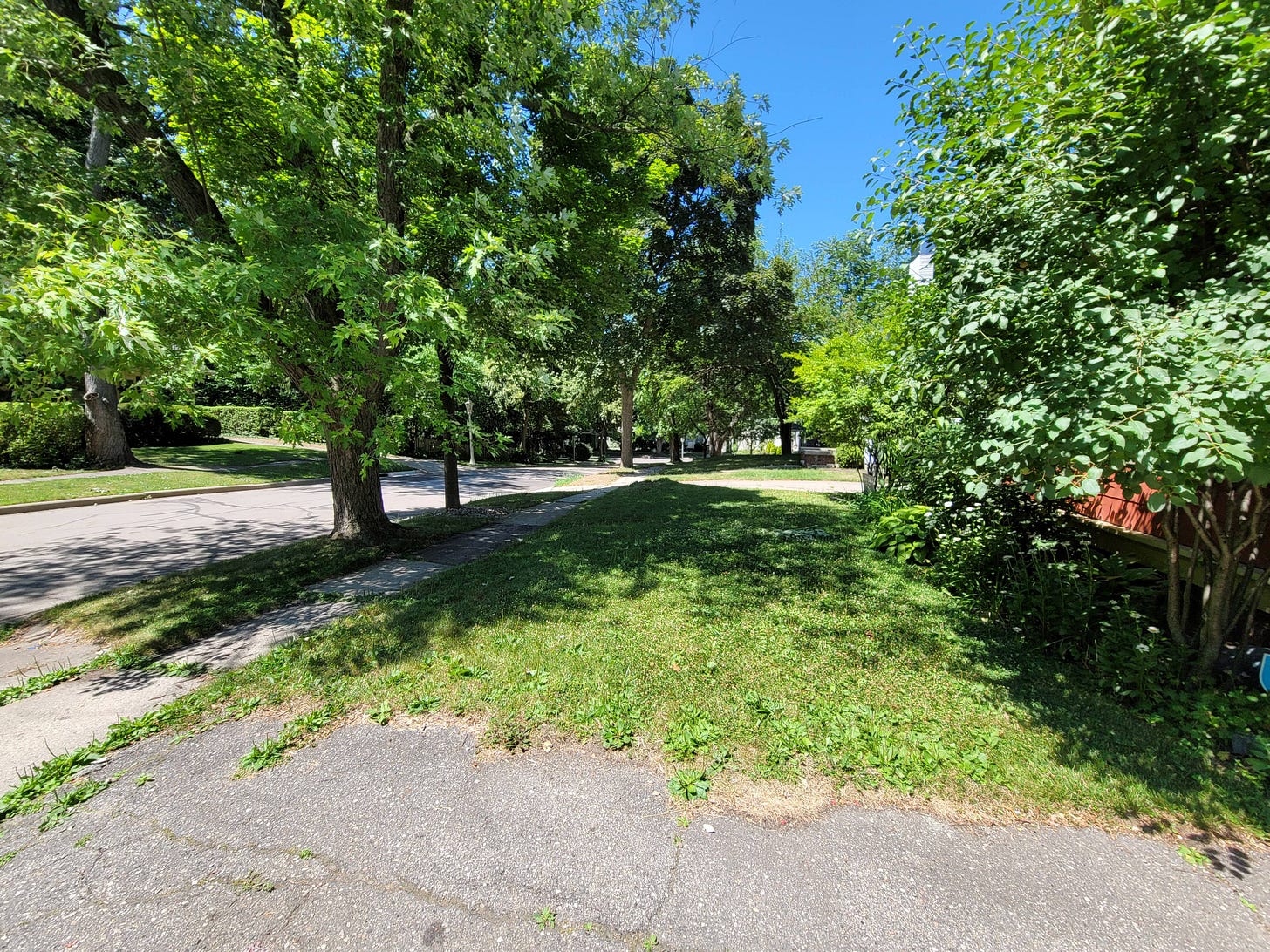


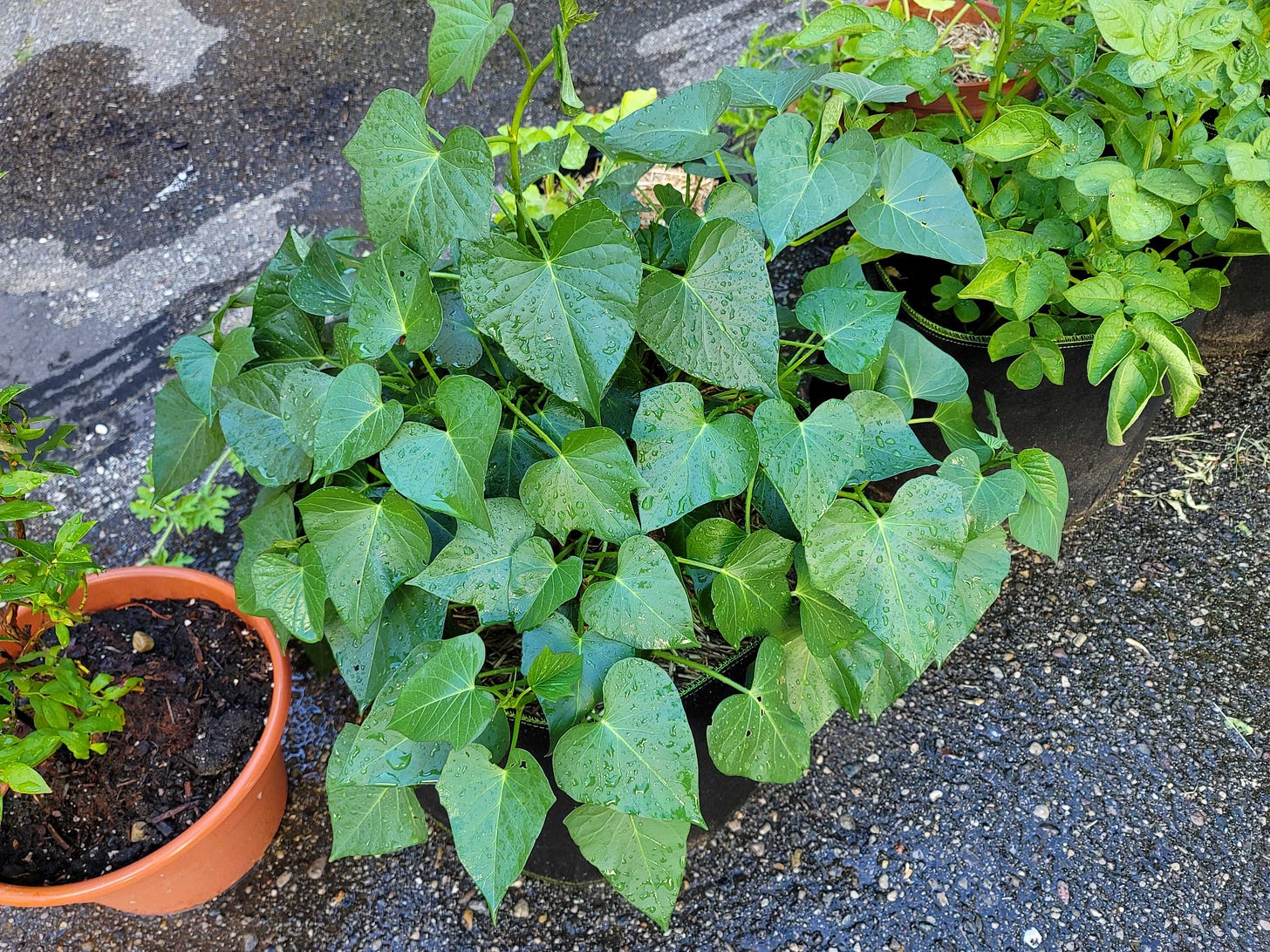
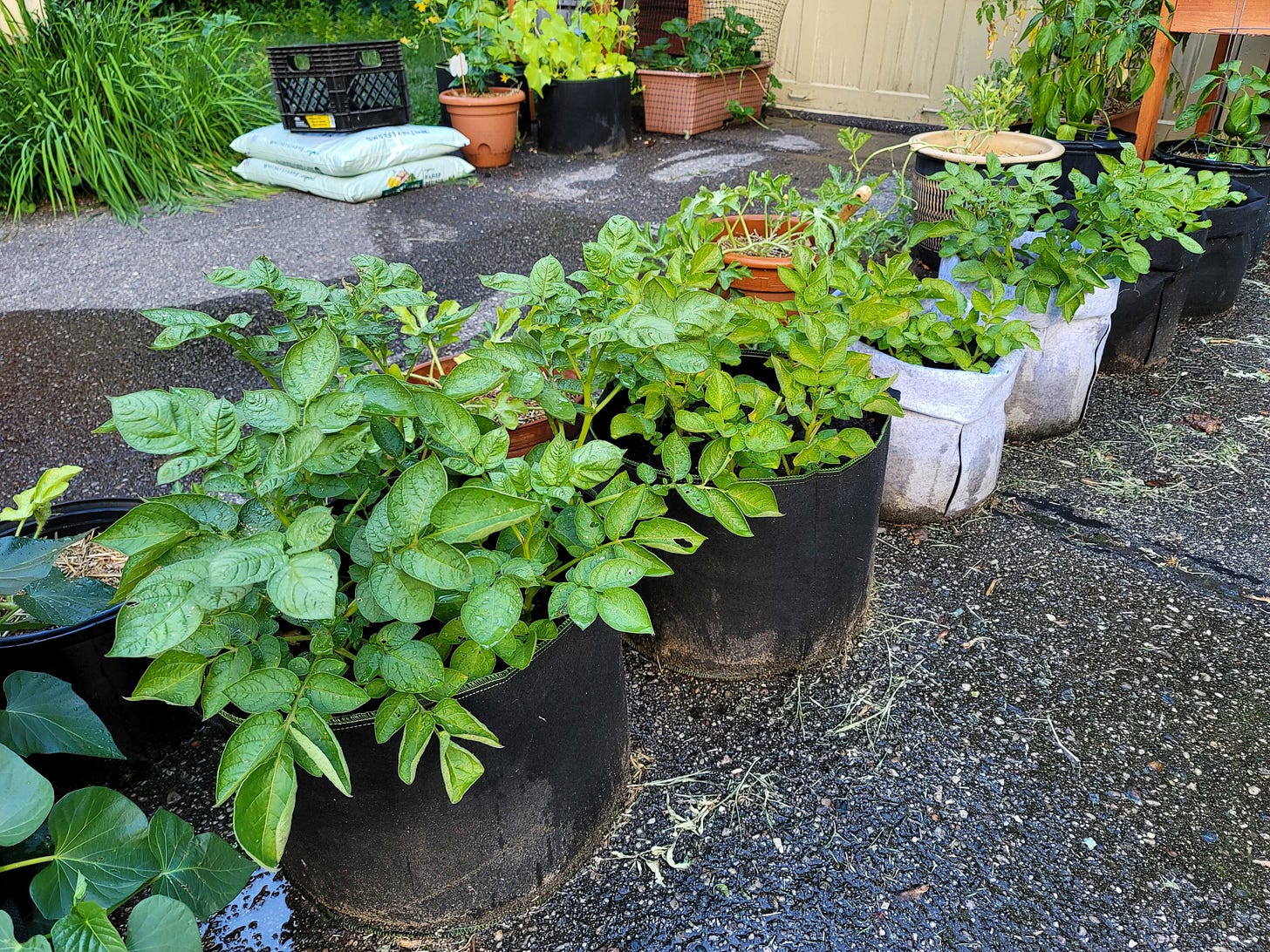

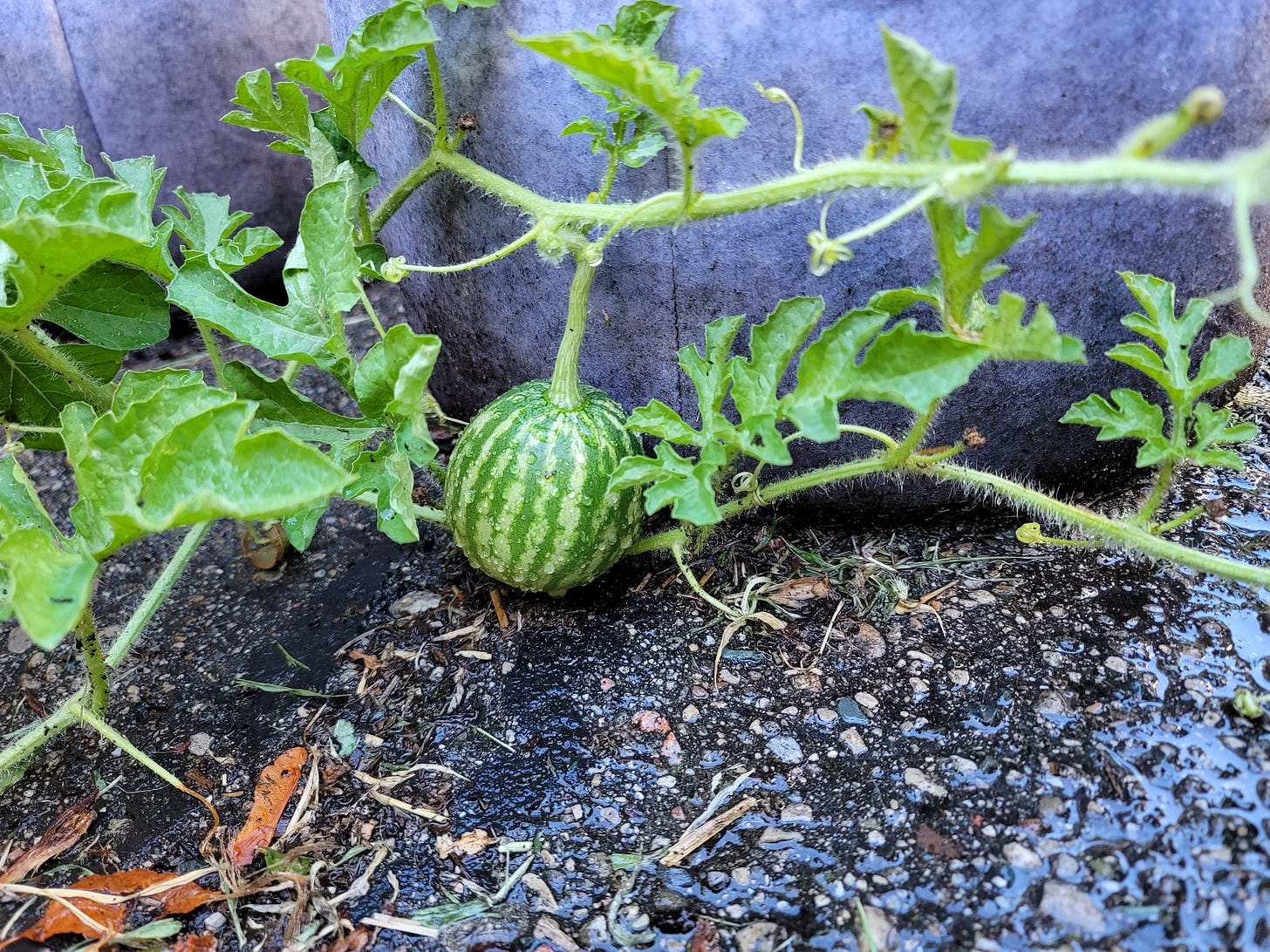
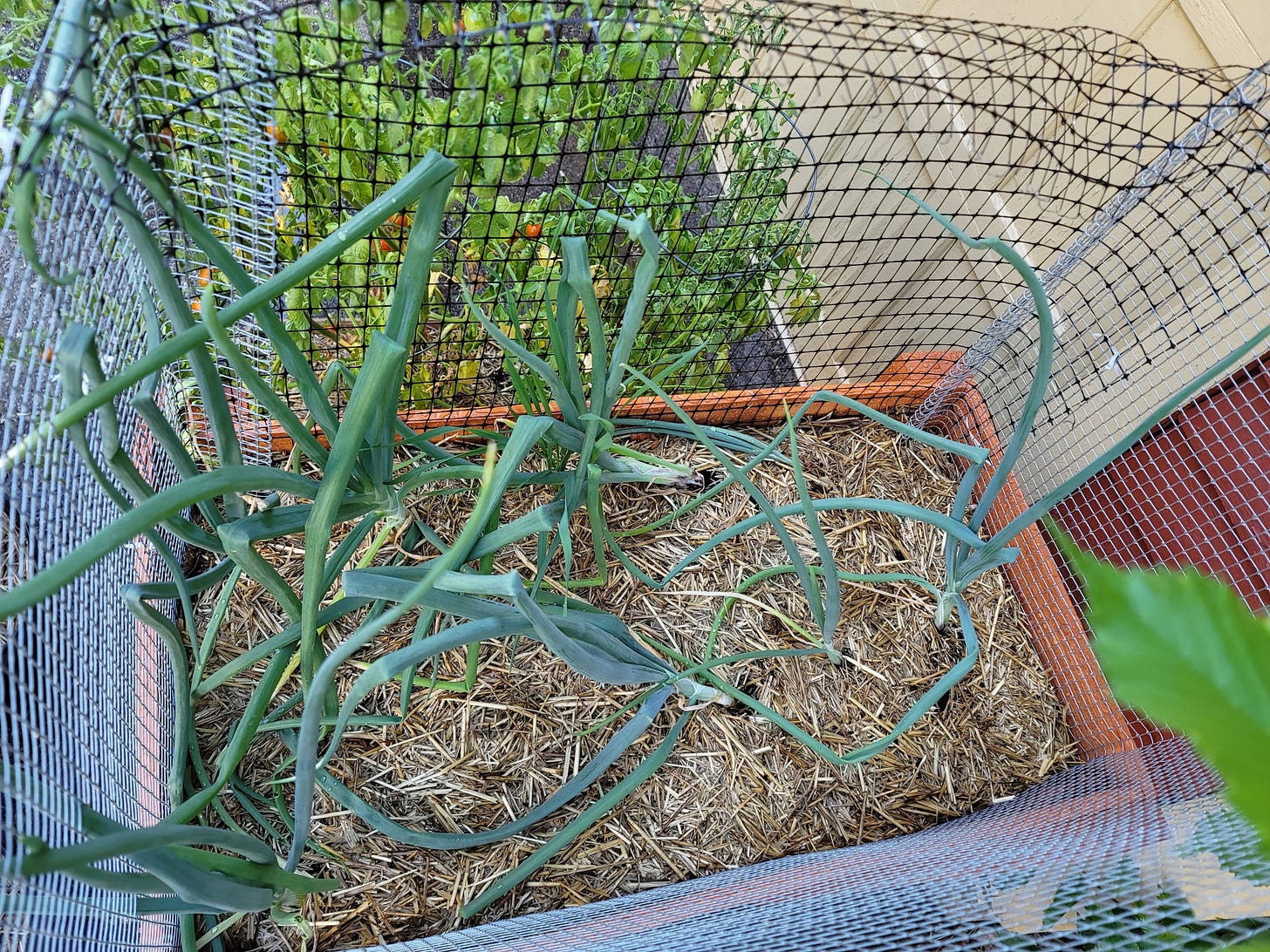

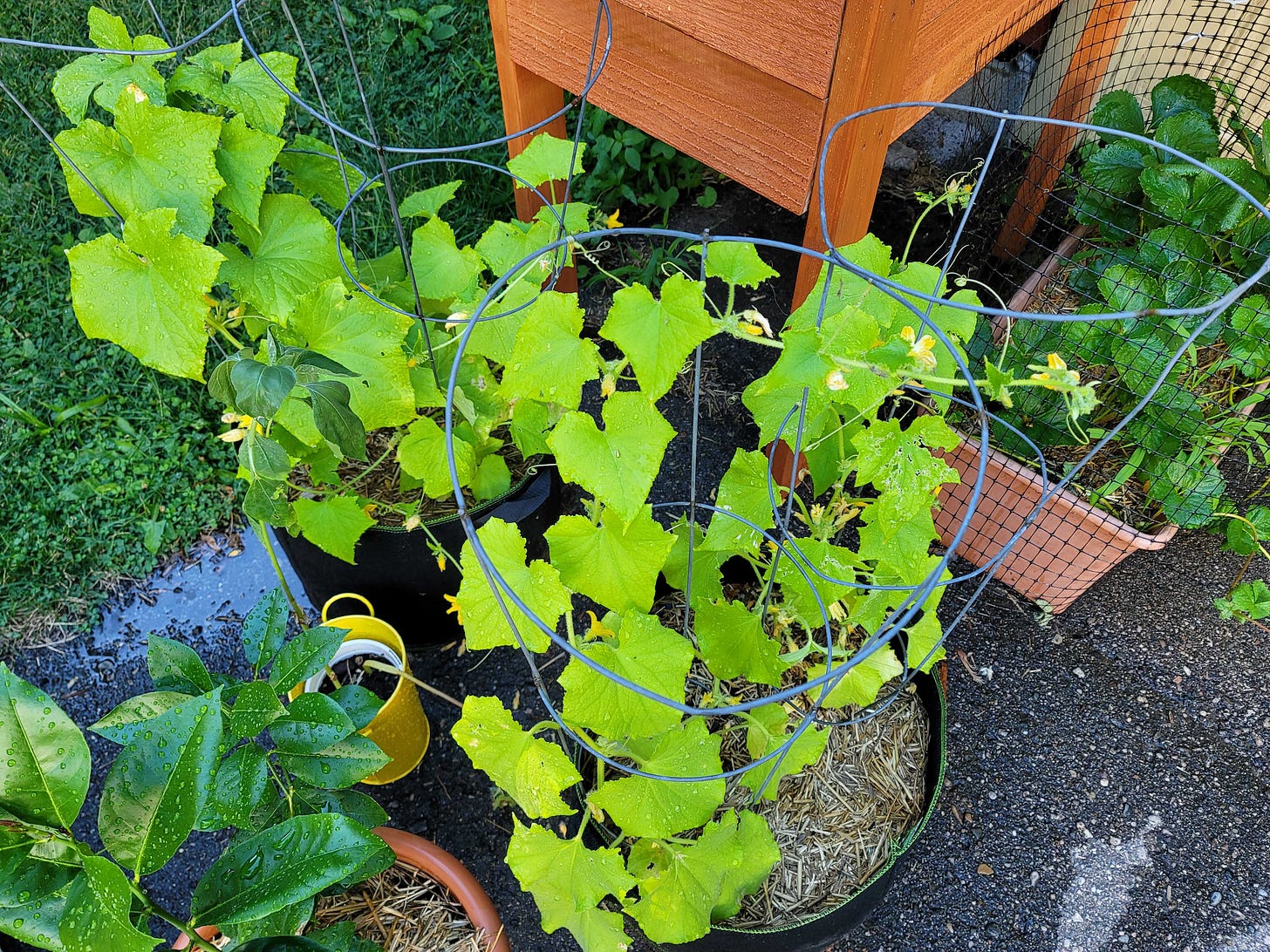
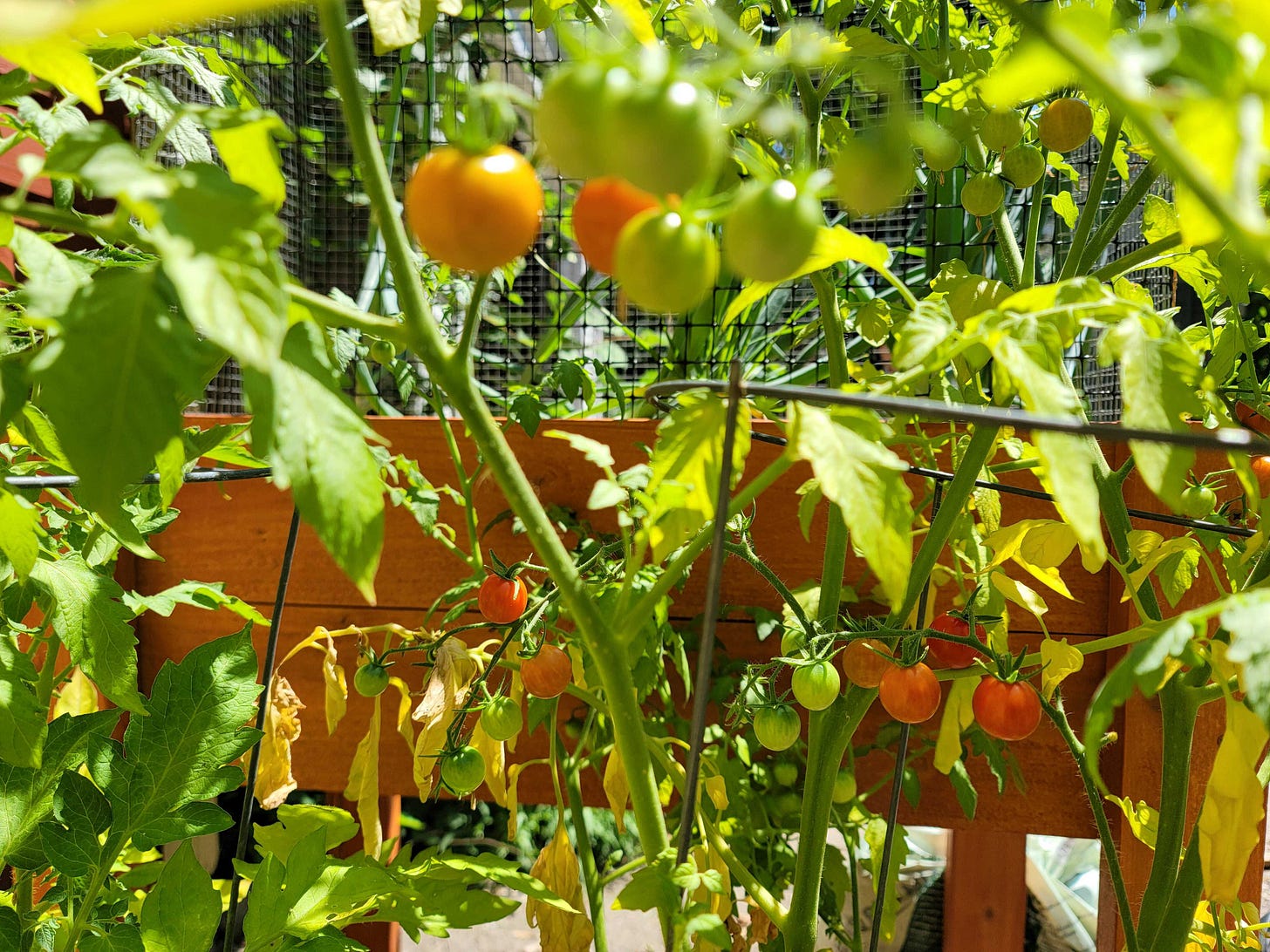

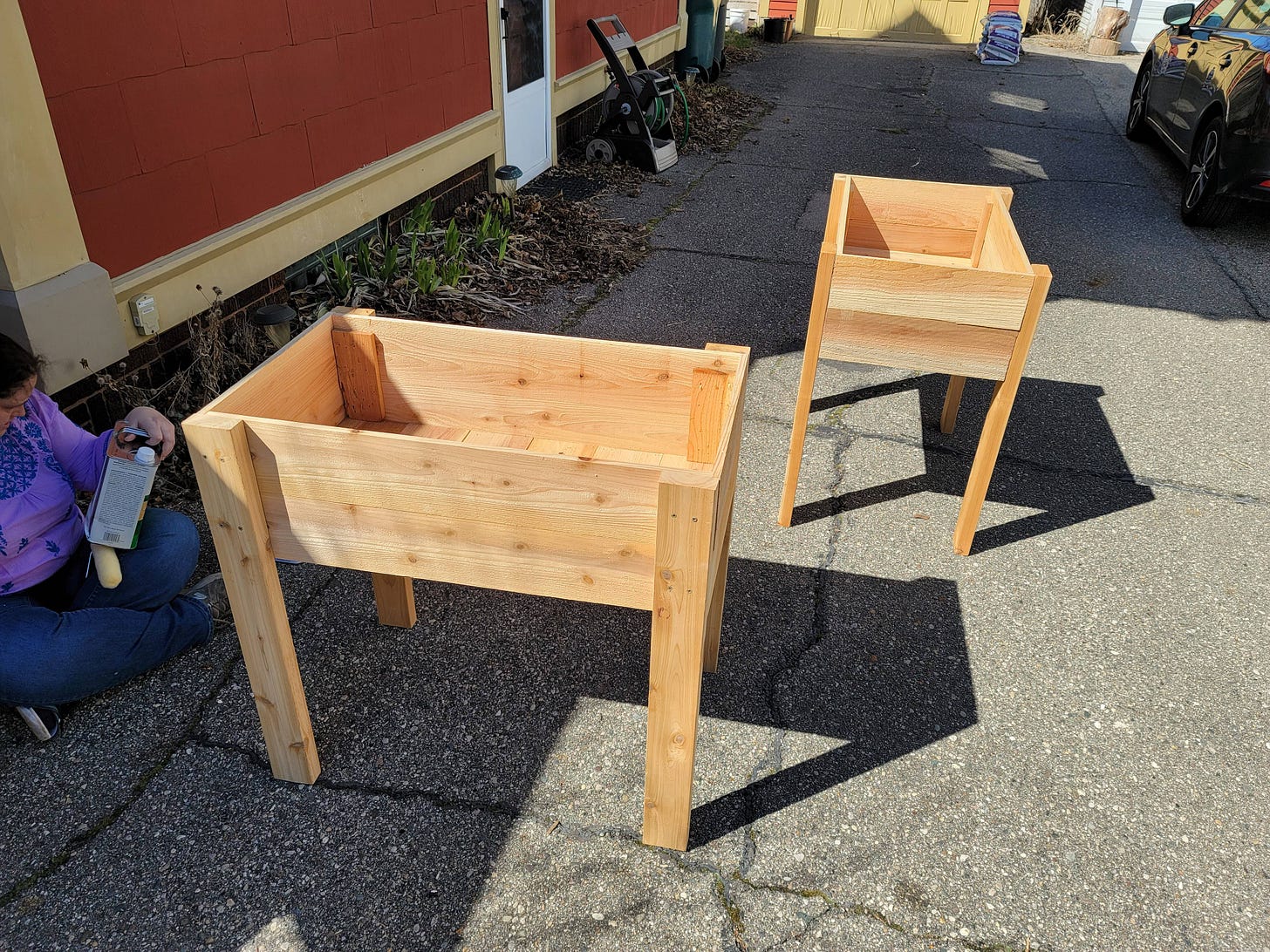

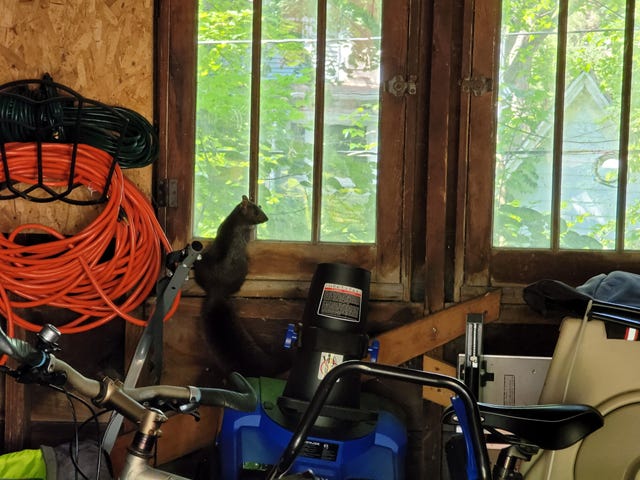
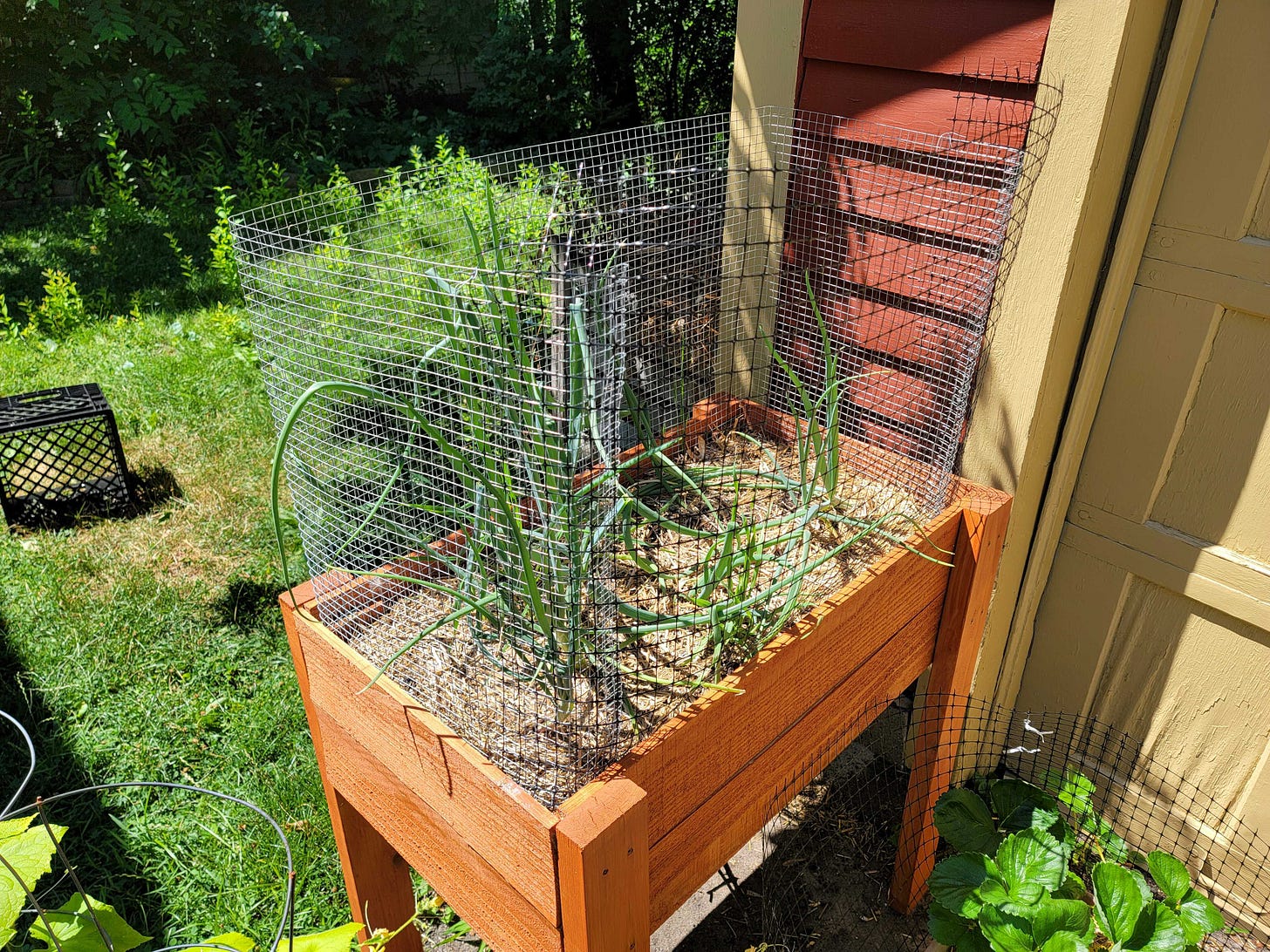
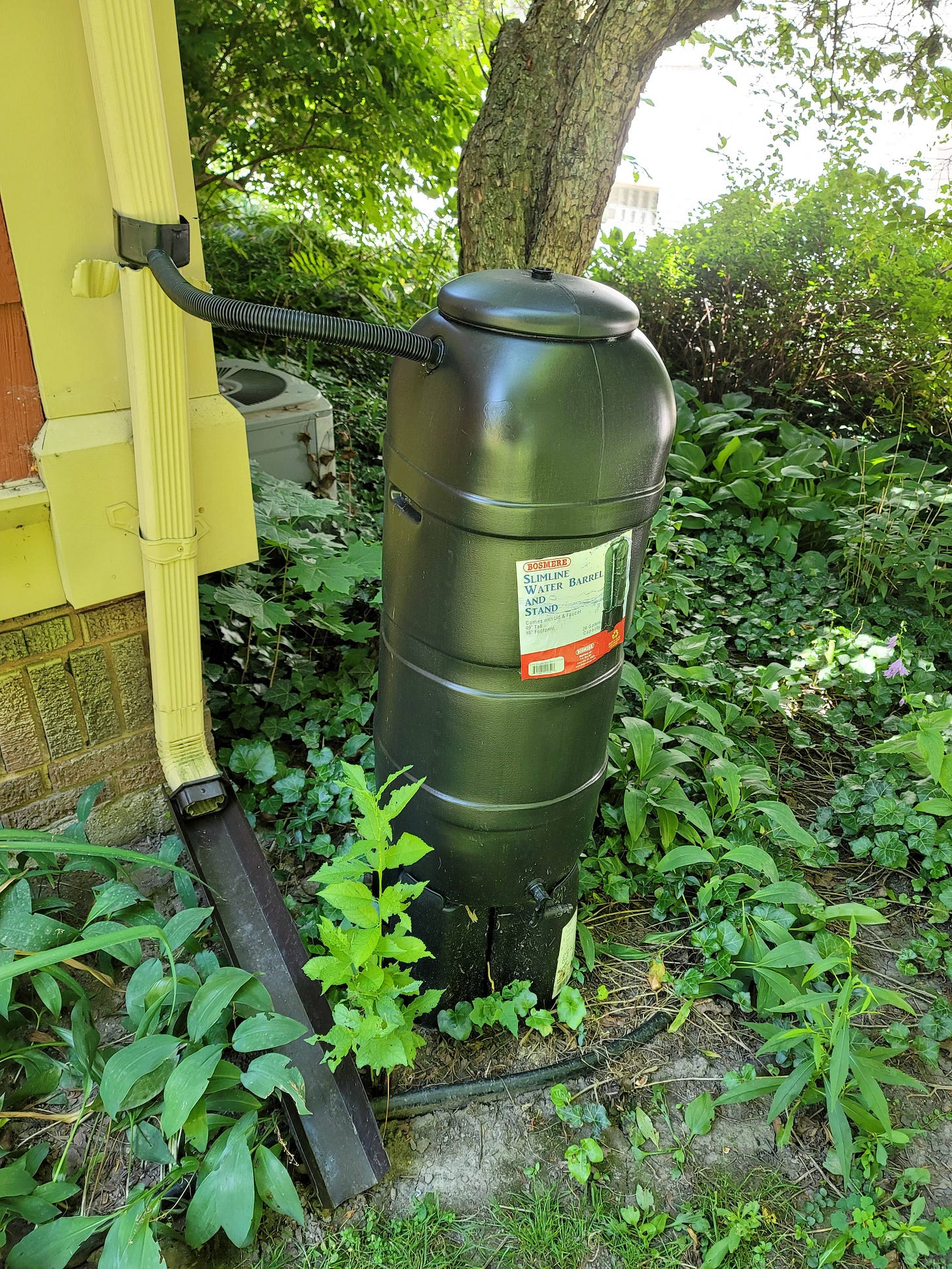
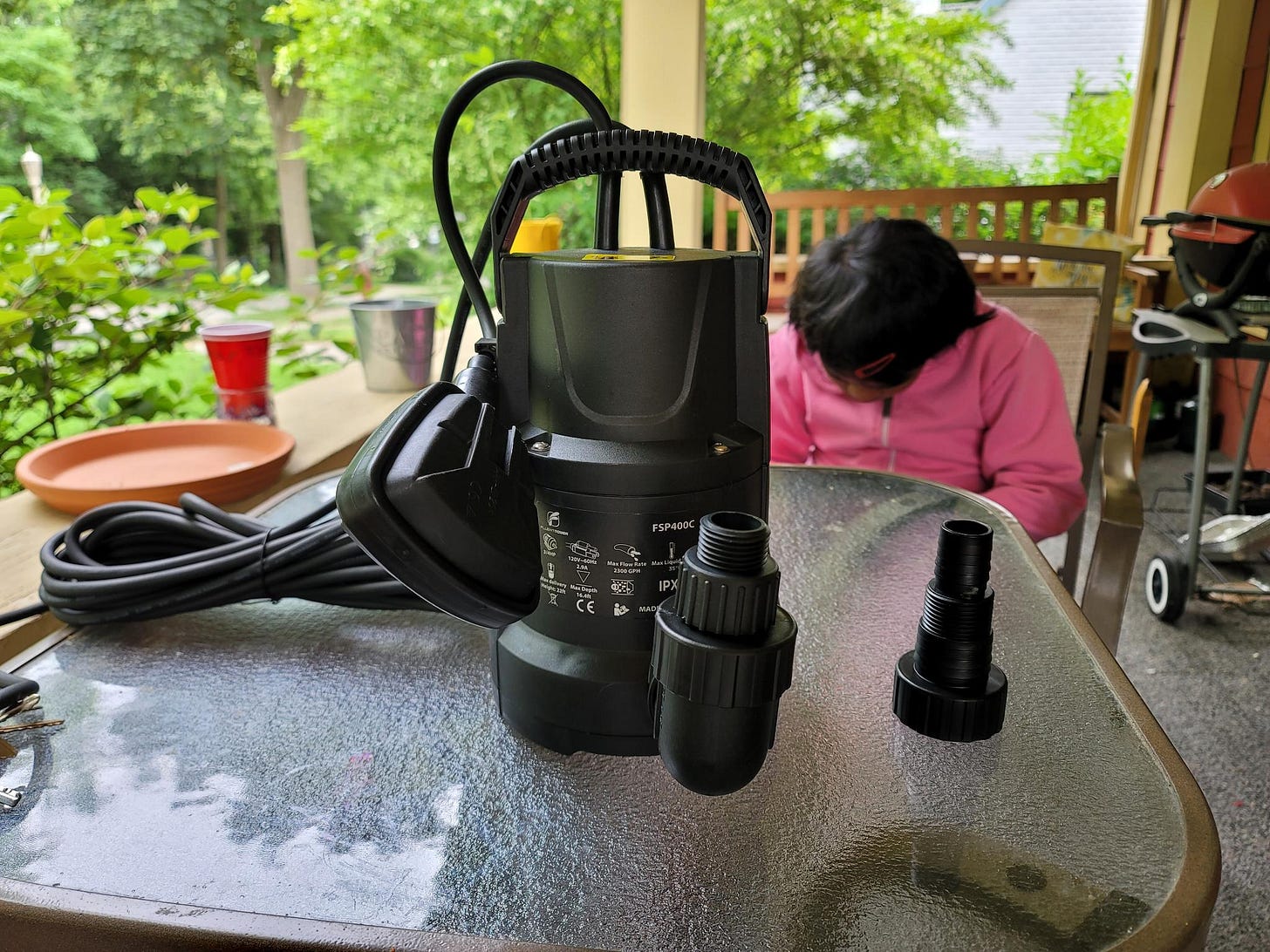
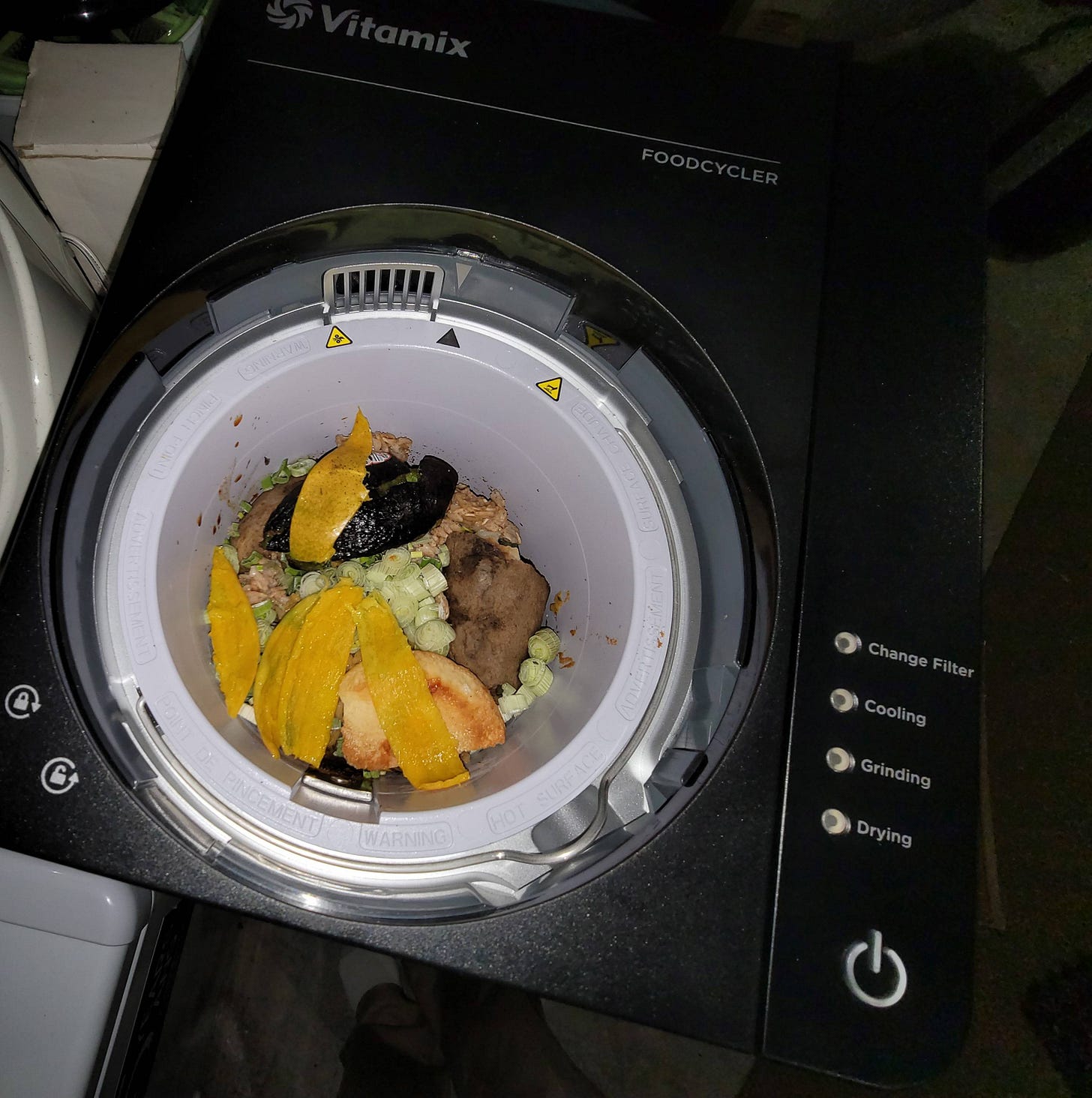

Great post and love the pics ! Say hello to Tres Crow.